The following article appeared in the Rock Hill Evening Herald on March 27, 1941:
DELAY COLORED SCHOOL BUILDING
Shortage of WPA Labor Results in Holding Up Construction
Construction of new buildings for colored schools in York County – a WPA project – is being held up for a time because of a shortage of labor, it was said today by W. B. Wilkerson, county superintendent of education. Erection of two urgently needed buildings however, is expected to be carried out, those for the Cherry Grove School in the East View District and the Carroll School in the Ogden District. The labor for this construction work is to be furnished by NYA boys. The old schoolhouses were destroyed by fire and the need for teaching quarters is urgent, Mr. Wilkerson said. By the time the Cherry Grove and Carroll schoolhouses have been completed, WPA labor, it is hoped by the county educational authorities, will again be available to carry out the building program for colored schools.
The Yorkville Enquirer reported on May 16, 1872 – “Three colored men were injured while blasting rock in a well on the place of W.B. Byers, a few miles from Rock Hill. The men are Elisas Caldwell, Rob Biggers, and Joe Huston. The men were at the bottom of the well fashioning a fuse when a tool struck the rock and a spark ignited the fuse. Caldwell and Huston were both badly injured and burned. Biggers climbed from the well and got help. All three were taken to Rock Hill for help.” (This is the current location at the end of Persival Rd., at Williamson Road.)
The Herald reported on Oct. 15, 1941 – “Two school houses for colored students will be completed within a week. It was reported today by W.B. Wilkerson, YC Supt. of Education. One of these is the Carroll School in the Odgen District and the other is the Cherry Grove School in the Eastview District. Both were replaced buildings having been replaced destroyed by fire. John M. Foster of McConnellsville is the contractor for both school houses.”
—————————————–
City Directories and History: While visiting Historic Brattonsville, Dr. Phil McDaniel, the Rock Hill School Supt. Dist. #3, and Wade B. Fairey, Sr., the long-term Executive Director of the site, began discussing means of creating meaningful programs for students in the York County School systems. Emerging from that afternoon’s meeting both the Carroll School preservation project and the Brattonsville Academy came to fruition.
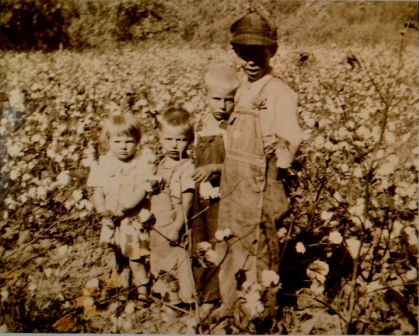
Picking cotton was an important economic factor in the lives of African American children at the turn of the 20th century. Rural school, such as the Carroll School, provided educational opportunities which would otherwise been missed by great numbers of rural S.C. farm families. Courtesy of the Museum of WYC – 2013
The Carroll School house, a Rosenwald school for rural African-American students living in the rich agricultural area of York County known as the “Black Jacks”, was for a time under the leadership of Rock Hill School District teacher, Mrs. Melanie Hornsby, who inspired thousands to visit and learn at the center. In 2012, the York County Cultural and Heritage Museums took over the operation of the school project and in 2015 the Rock Hill School District once again resumed teaching opportunities at the rural school.
Historically, the school building at the intersection of Mobley Store Road and Williamson Road was a Rosenwald school known as the Carroll School. It was built in the early 1920s from monies collected by area residents to match a $1,000 grant from the Rosenwald Chicago philanthropist and president of Sears, Roebuck and Co., Mr. Julian Rosenwald, for rural education in the South. The “Rosenwald Schools” were built from standardized blueprints and used the three-teacher plan — having three classrooms and an industrial room. Besides their basic educational needs, the girls learned cooking while the boys undertook tool making and farming techniques. The structure is a single story rectangular, lateral gable building with an entrance bay porch at the front. [Historic Properties of York County, SC – 1995]
Turning back toward Rock Hill we came by the Duncan farm and stopped for a moment’s chat with John Henry Duncan, who is perhaps the oldest citizen of that community. Mr. Duncan lived in the “Black Jacks” when there were not very many white neighbors there and few are there now who were there when he was a young man in the community. (The following is taken from A. M. Grist’s weekly column, “Just A-Rolling Along the Way,” published in the Yorkville Enquirer, Dec. 6,1931. John K. Scoggins acted as Grist’s guide.)
Informative links:TEACHER TOOLS, Julius Rosenwald
Stay Connected
Explore history, houses, and stories across S.C. Your membership provides you with updates on regional topics, information on historic research, preservation, and monthly feature articles. But remember R&R wants to hear from you and assist in preserving your own family genealogy and memorabilia.
Visit the Southern Queries – Forum to receive assistance in answering questions, discuss genealogy, and enjoy exploring preservation topics with other members. Also listed are several history and genealogical researchers for hire.
User comments welcome — post at the bottom of this page.
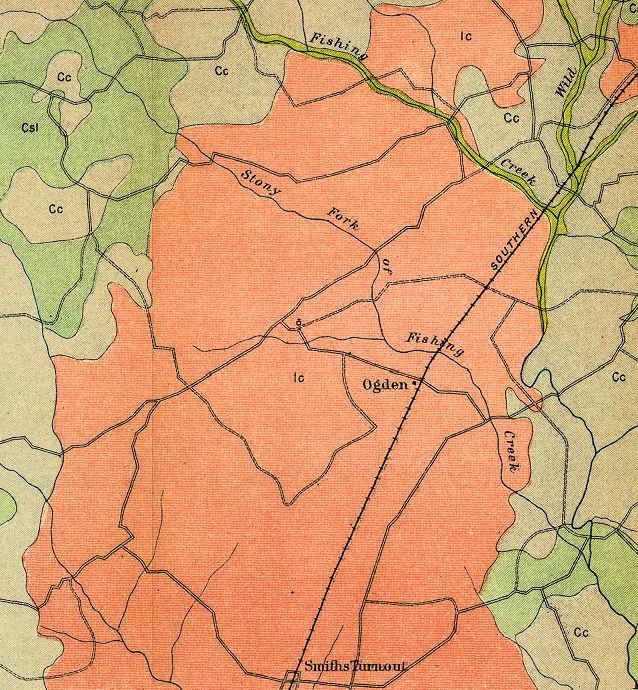
1905 Map showing the rich “Black Jack” area stretching south of Rock Hill along the railroad toward Brattonsville and Chester. It remains one of the most productive areas of cotton culture in the region.
Please enjoy this structure and all those listed in Roots and Recall. But remember each is private property. So view them from a distance or from a public area such as the sidewalk or public road.
Do you have information to share and preserve? Family, school, church, or other older photos and stories are welcome. Send them digitally through the “Share Your Story” link, so they too might be posted on Roots and Recall.
User comments always welcome - please post at the bottom of this page.
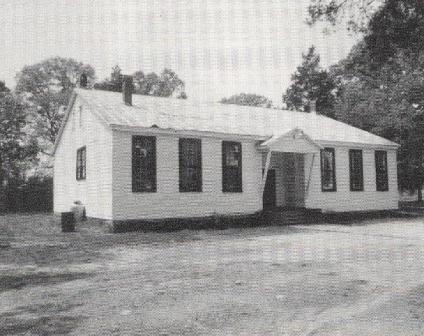

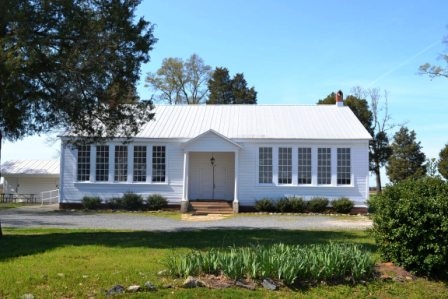
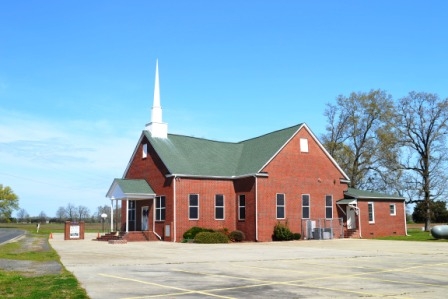





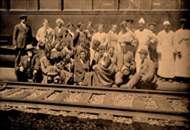
Share Your Comments & Feedback: